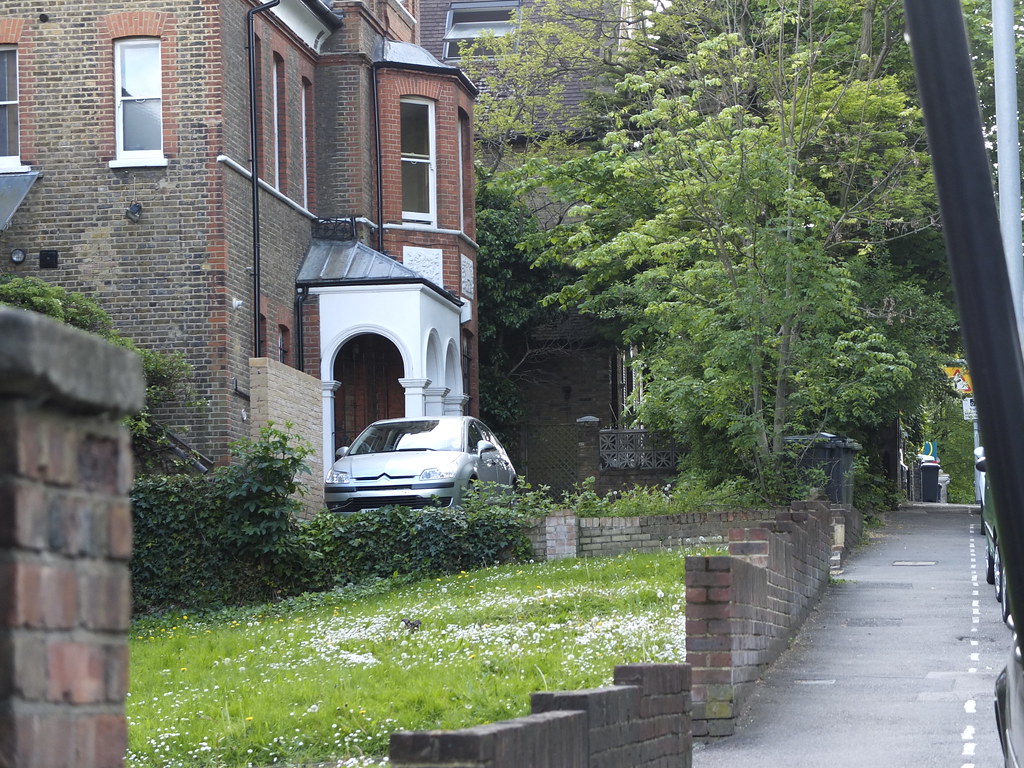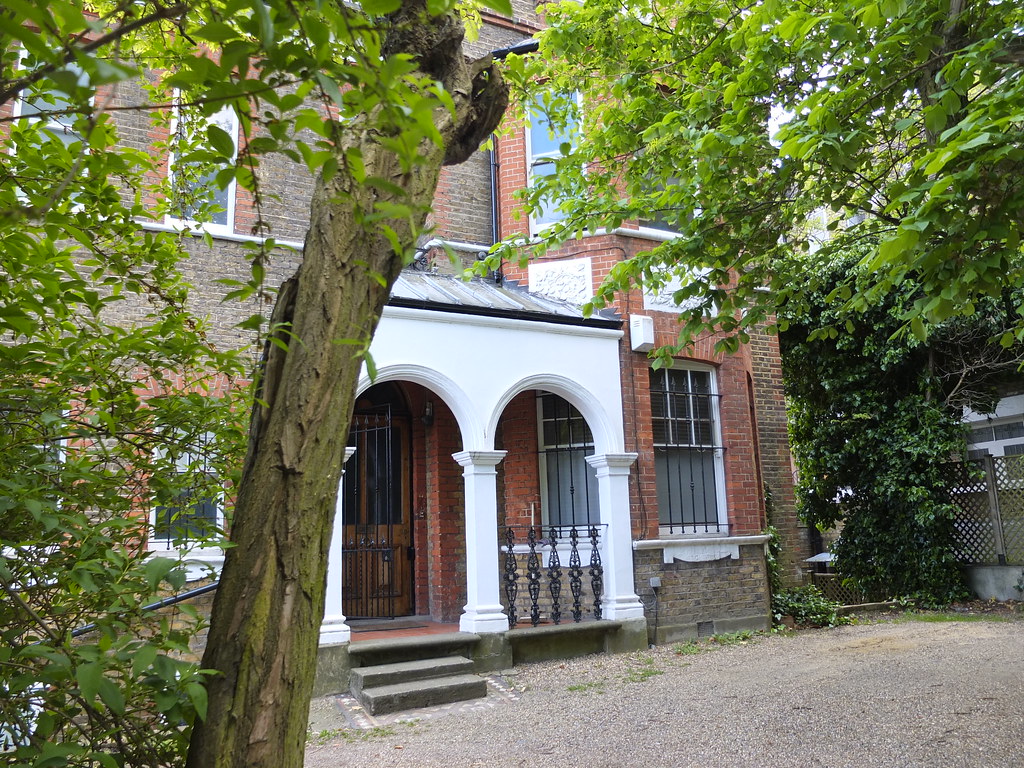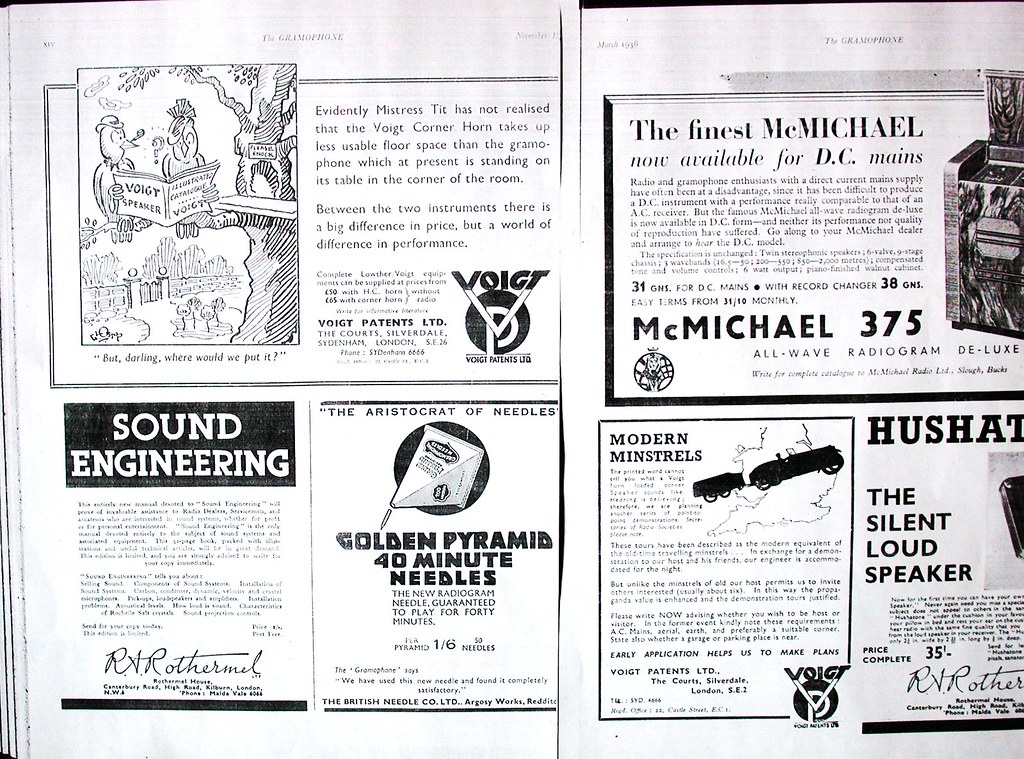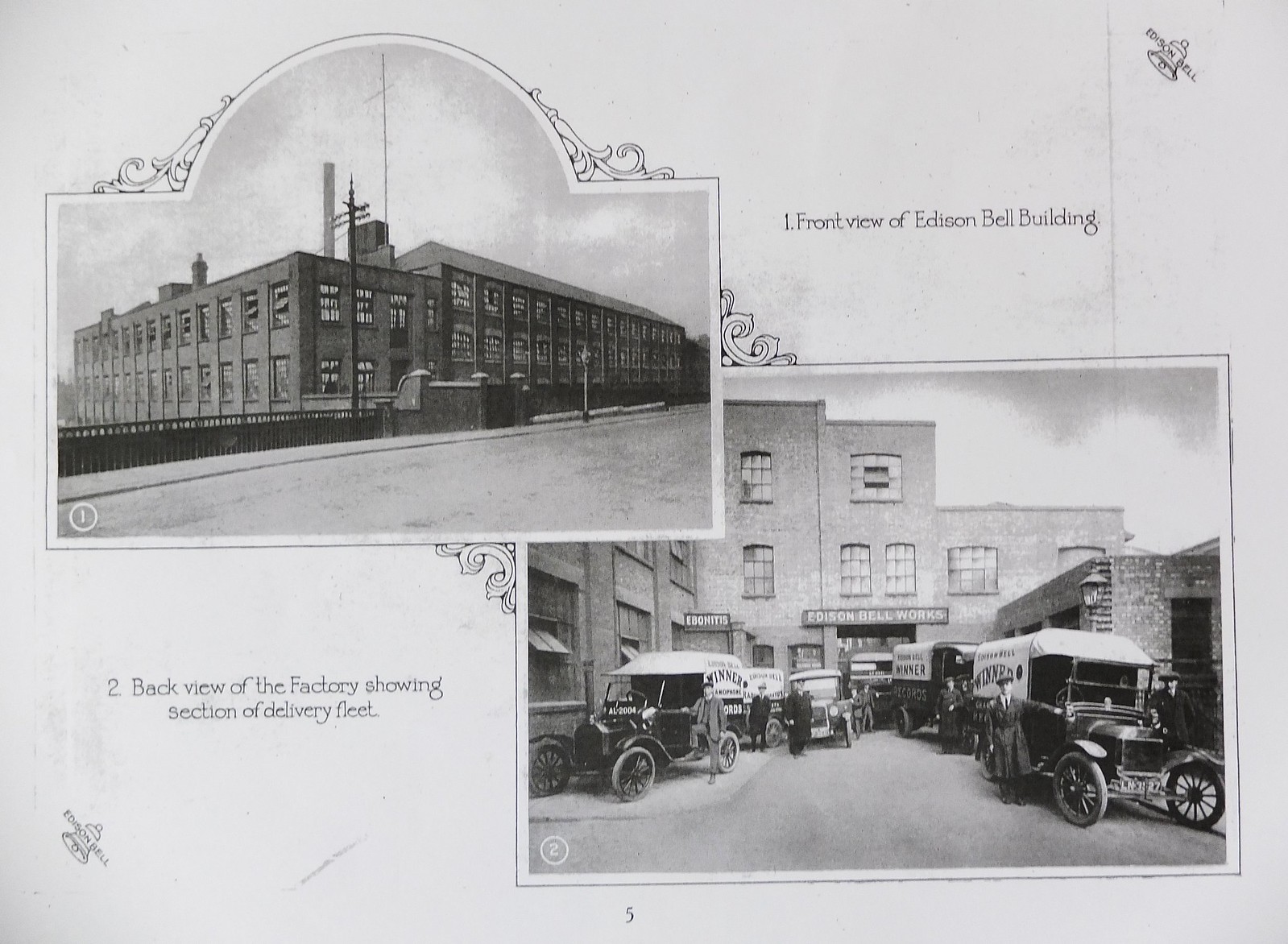MEMOIRS OF A DIY HI FI NUT - Part XVIII
P.G.A.H. VOIGT: A Great Audio Inventor
V
Schooldays & University
It must have involved sacrifice for Voigts parents to send him to Dulwich College a well- known, expensive, public school in south London with many famous Old Boys- including Ernest Shackleton & G.E. Moore, though Voigt remarked that it was fortunate that his parents could afford it.
 DSCN0735
DSCN0735
[url=http://www.flickr.com/photos/34514709@N07/6941231525/] DSCN0733
DSCN0733
by
pulitout, on Flickr
 DSCN0737
DSCN0737 by
pulitout, on Flickr
 DSCN0736
DSCN0736 by
pulitout, on Flickr
[photos taken 28.2.12]
I decided to see whether the college could throw any light on Voigts schooldays.
From time to time I had gone to Dulwich College to attend public events so I am not entirely unfamiliar with its grounds and buildings. Nevertheless, I expected the cold shoulder, being a stranger with no introduction marching in unannounced and requesting information about long- deceased alumni.
I could never have predicted the reception I was given. I was treated with impressive helpfulness and given access to the College Archives. This involved an additional administrative burden on staff. In case anyone thinks I am touting up public schools I can assure them that I am against them, against faith schools and against every other socially divisive form of schooling. The reception I received from some other sources during the preparation of this Memoir was much inferior.
The Dulwich College Register states that Voigt was born 9.12.1901 and entered School in September 1915, left (6th Form Engineering) in July 1919. His fathers occupation is given as Manufacturers Agent and he lived at home at Bowden Mount. His father was an importer of buckram and his mother- whom he said had a great influence upon him- lived to age 103.
Inspection of his progress via end of term reports revealed:
Xmas 1915: Science & Engineering IVth: NO RECORD. This was his first year at the school.
By the summer of 1916 in the Upper IVth, he was given a Prize and was first in his class of 27. The prize was for Geometrical & Mechanical Drawing.
Between summer 1916 and summer 1919 he stayed near the top or somewhere near the middle of his class in most subjects.
He received a lst class result in Maths in 1917.
In summer 1919 he was given two VIth Form prizes: 1st out of a class of 10 in Workshops and 1st out of 28 in Drawing (i.e. Mechanical & Engineering Drawing).
Academic results, no matter how impressive, should be viewed alongside other things; so I looked further. I found nothing. However, in a letter to the College dated 19 July 1957 written from Toronto, Canada, Voigt give his old College due credit. He writes:
To reminisce for a moment, it was under Lanky-Taylor, Buggy-Hutchins, Spongy-Russell that I learnt most of my basic engineering, with Mr. Crowther, Jimmy Bauer, Mr. Oldham and the Anachist (sic) Mr. Edwards and others on the job too. I always was interested in engineering, and I am certain that the excellent ground work absorbed during those years at Dulwich contributed greatly to my fundamental attitude to the subject ever since
(Cownlie) will tell you that though my ideas were often unorthodox, they usually worked. (Very largely thanks to my understanding of basics acquired at Dulwich.) 1
Voigt did the first year of the B.Sc at Dulwich, and thus entered UCL initially as a second year student. His master at Dulwich remarked that he was lucky to have passed his maths, a curiousity since he was awarded the prize in maths noted above. However, Voigt subsequently always said that his maths was weak, and he prefered an empirical approach.
 DSCN0799
DSCN0799 by
pulitout, on Flickr
The above photo of Voigt (8" x 10 3/4", sepia toned) is of unknown date and place. On the back there is a rubber stamp that reads: "copyright to this photograph belongs to ELWIN NEAME, please acknowledge." Copyright hereby acknowledged 14.6.2012. Elwin Neame was a leading photographer who ran his business in Wimbledon. He died in August 1923. The photo of Voigt was, therefore, almost certainly taken in the early 1920s. Since the photo is not in colour it is not certain whether the tie he is wearing is a Dulwich College one but I think that, probably, it is and that the photo was taken on his completion at Dulwich. Perhaps someone from Dulwich can comment. The alternative is that the tie is a UCL tie and that the photo was taken at or shortly after his graduation from UCL.
VOIGT'S ACTIVITIES AT CENTRAL HALL, PECKHAM
 _S291059
_S291059 by
Round Person, on Flickr
It is not known what date this photo was taken, but I would guess that it is after the turn of the 20th century.
Voigt was still at Dulwich College when he joined and actively participated in evening meetings of the Wireless and Experimental Association, a club in with branches in London and elsewhere. The club met at Central Hall, Peckham. They were designing and building radio sets and various other apparatus.
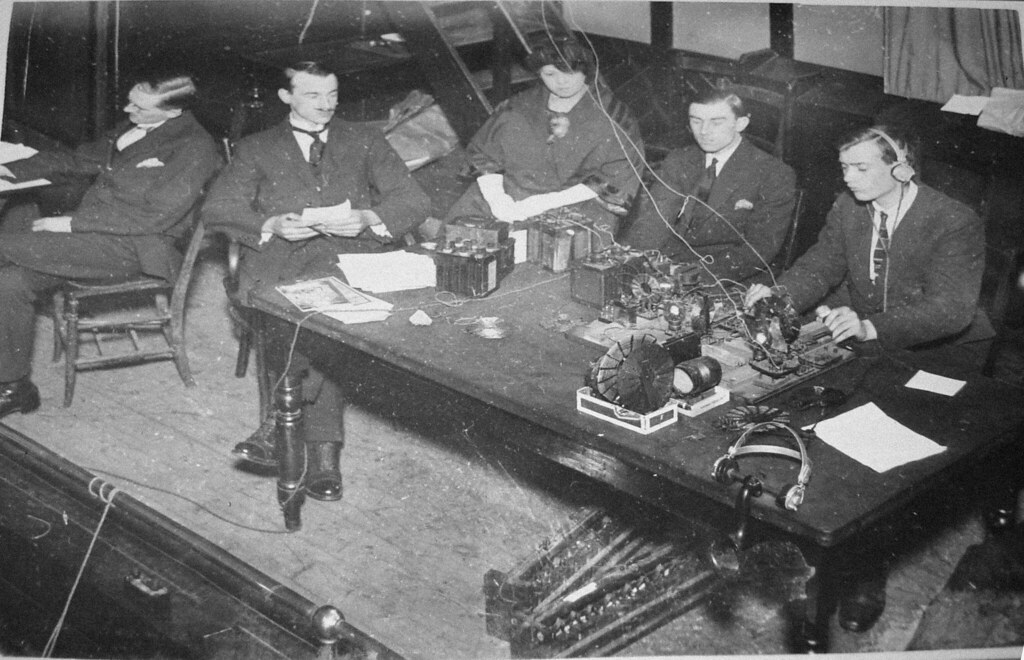 Voigt demonstrating at the central hall Peckham
Voigt demonstrating at the central hall Peckham by
Round Person, on Flickr
 Voigt demonstrating 1
Voigt demonstrating 1 by
Round Person, on Flickr
The Voigt family believe that the lady in the second photograph is Ida Munro.
18
The earliest record of a Voigt contribution to the Wireless and Experimental Association was in 1920 when, in February, he read a paper on inductances and related how he obtained unusual efficiency. In September of that year he read another paper Re: losses in inductance in wireless plant and also described an ingenious switch for connecting head gear telephones in series or parallel.
The following month he traced transformation of energy from electrical to mechanical circuits and demonstrated advantages of having telephones of the same resistance as the crystal detector.
According to the Association Report, on March 19, 1921, Voigt cleared up points about pancake coils and their use, and in April he gave a lecture on the construction and use of logarithm tables. In June 1921 he was elected to represent junior members and in July Mr. Voigt dealt with electrostatic attraction between metals and semi insulators.
Further details of Voigts contributions to the Association can be followed through the references given in the Reference Section of this thread.
Voigts jampot tuner and a members set made from MKIII tuner parts are shown below as photographed at an Association meeting. He was then studying at UCL.
 Voigts jampot tuner and a members set made from MKIII tuner parts
Voigts jampot tuner and a members set made from MKIII tuner parts by
Round Person, on Flickr
Voigts accumulator plate- making machine and early tuning coil.
 Voigts accumulator plate making machine and early tuning coil
Voigts accumulator plate making machine and early tuning coil by
Round Person, on Flickr
Central Hall, Peckham looks rather different today
.
 _S261041
_S261041 by
Round Person, on Flickr
 _S271044
_S271044 by
Round Person, on Flickr
The original entrance has been removed and replaced.
 _S161027
_S161027 by
Round Person, on Flickr
However, the stairs leading to the auditorium are still as original and the auditorium itself is largely unchanged, though refurnished. (All the recent photos of Central Hall were taken in 2014).
The following illustrates how one of Voigts contributions was described in Wireless World:
 _S301061
_S301061 by
Round Person, on Flickr
UCL
After leaving Dulwich he entered University College, London in 1920, and in 1922 was awarded a B.Sc in electrical engineering.
You will see the Pender Electrical Engineering Laboratory (below) where Voigt carried out his studies.
 DSCN0745
DSCN0745 by
pulitout, on Flickr
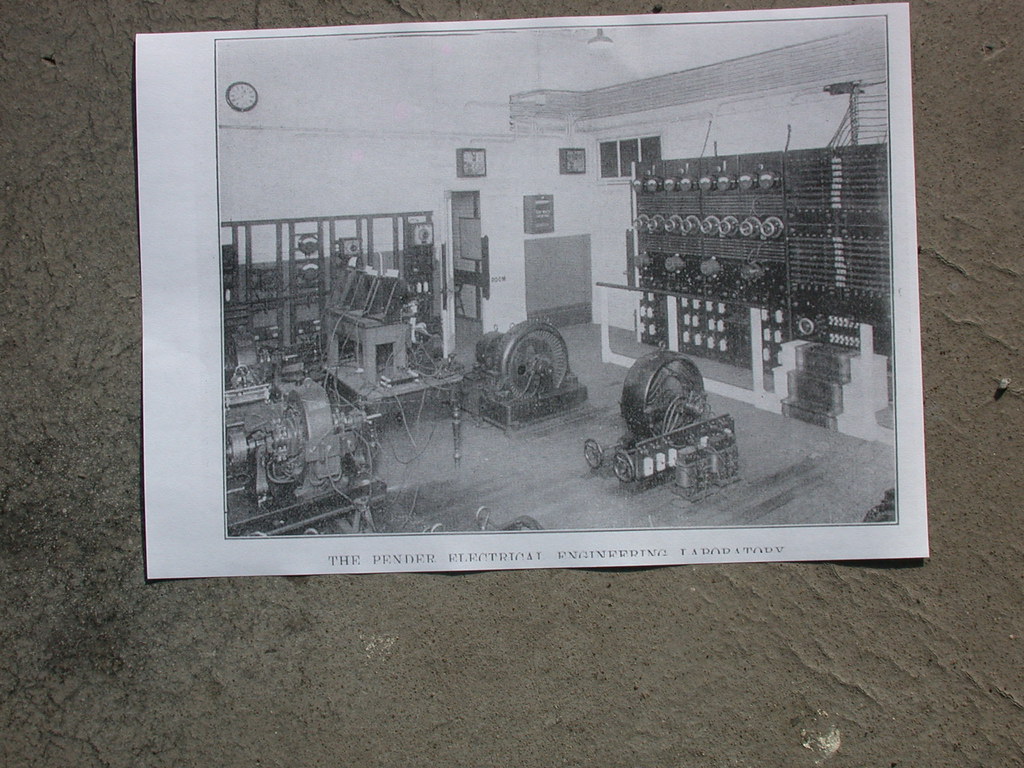 DSCN0746
DSCN0746 by
pulitout, on Flickr
The UCL Record Office has provided the following documents:
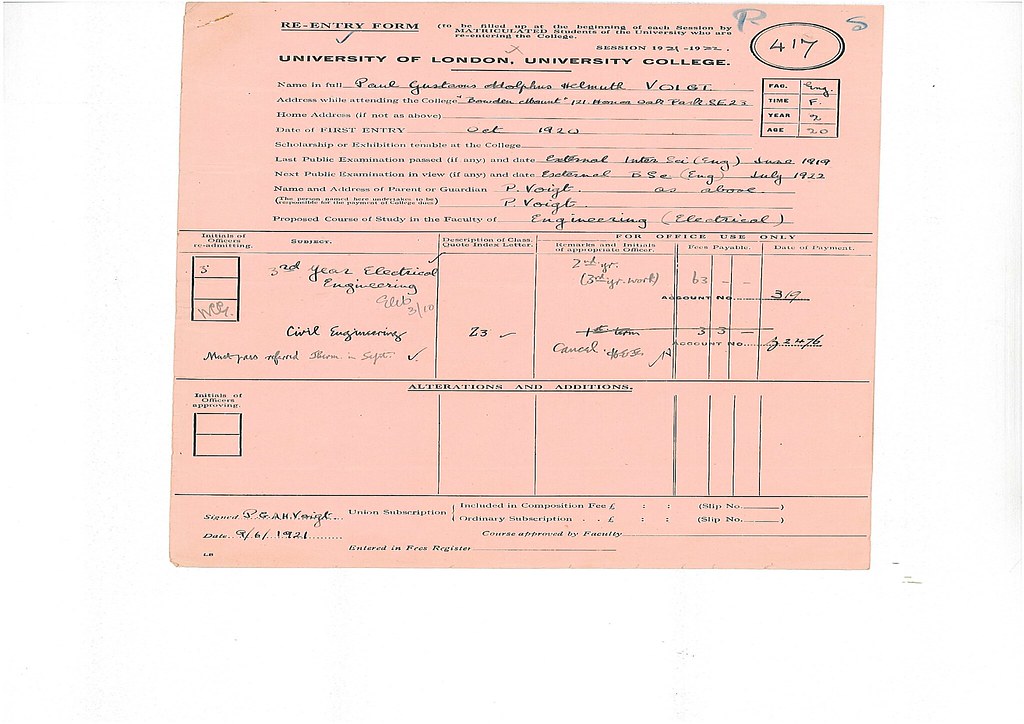 Untitled
Untitled by
pulitout, on Flickr
 Untitled2
Untitled2 by
pulitout, on Flickr
 untitled 3
untitled 3 by
pulitout, on Flickr
 Untitled
Untitled by
pulitout, on Flickr
IDA FLORENCE MAY MUNRO (born August 19,1900) seems to have met Paul Voigt in about 1920 when they were both studying Electrical Engineering at UCL.
At that time she was living with her family in Southfields, near Wimbledon. She did her London Matriculation at Wimbledon High School and University Tutorial College, and passed in 1919.
Her father must have approved of her friendship with Voigt, because by 1922 he had upped sticks and moved the family home to Chesterton, Canonbie Rd., Honour Oak, SE23- about a 5 minute walk from the Voigt family home in Honour Oak Park, Forest Hill. This was, presumably, to make access easier and to enable Ida and Paul to travel to UCL together, thereby facilitating Electrical Engineering.
Ida joined the WES (Womens Engineering Society) on 4 April 1921. She later draughted and signed plans for Voigts loudspeakers.
Her UCL records show that she obtained a Certificate in Engineering in 1922, but there is no UCL record of her having been awarded a degree.
 GENERAL CERTIFICATE OF ENGINEERING
GENERAL CERTIFICATE OF ENGINEERING by
Round Person, on Flickr
The following UCL index card shows that she obtained the Certificate (see lower right hand corner).
 IDA UCL record 4index card side 1
IDA UCL record 4index card side 1 by
Round Person, on Flickr
They were married in 1928 in a church about half way between their two family homes.
 DSC09616 wedding
DSC09616 wedding by
Round Person, on Flickr
Ida died in 1994 or 1995 at Belleville Hospital, Brighton, Ontario, Canada.
If anyone has any further information about her I would be pleased to receive it.
___________________________________________










